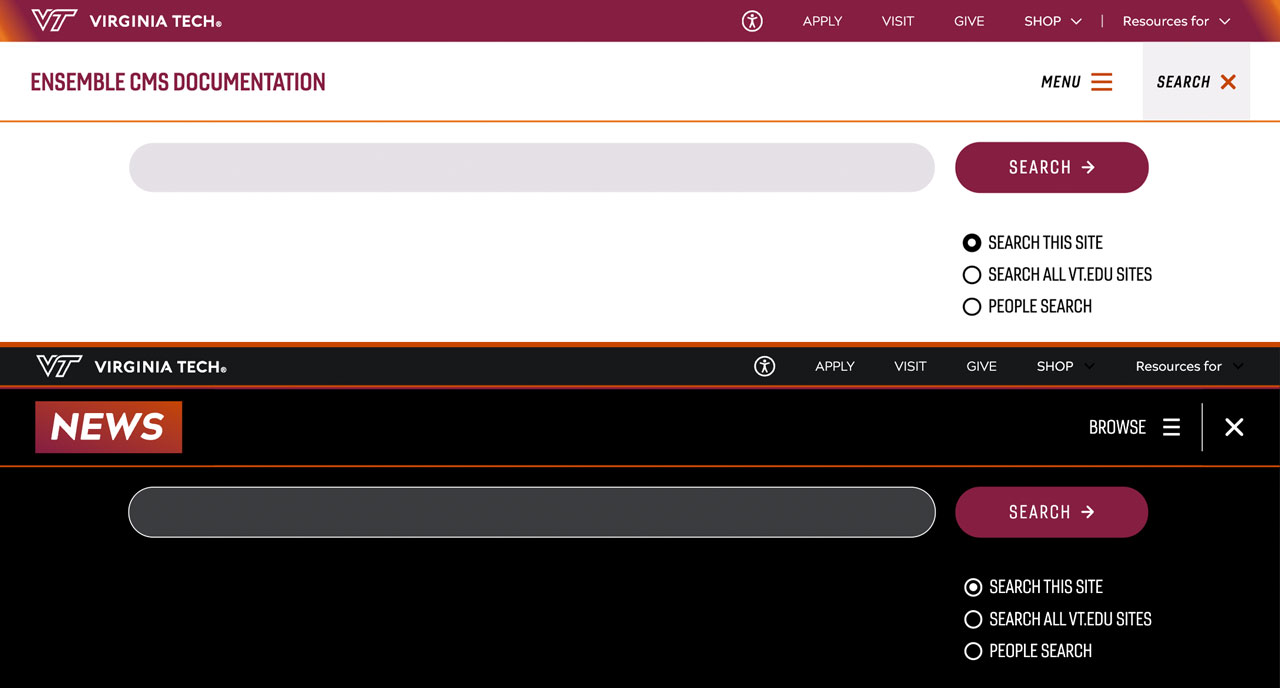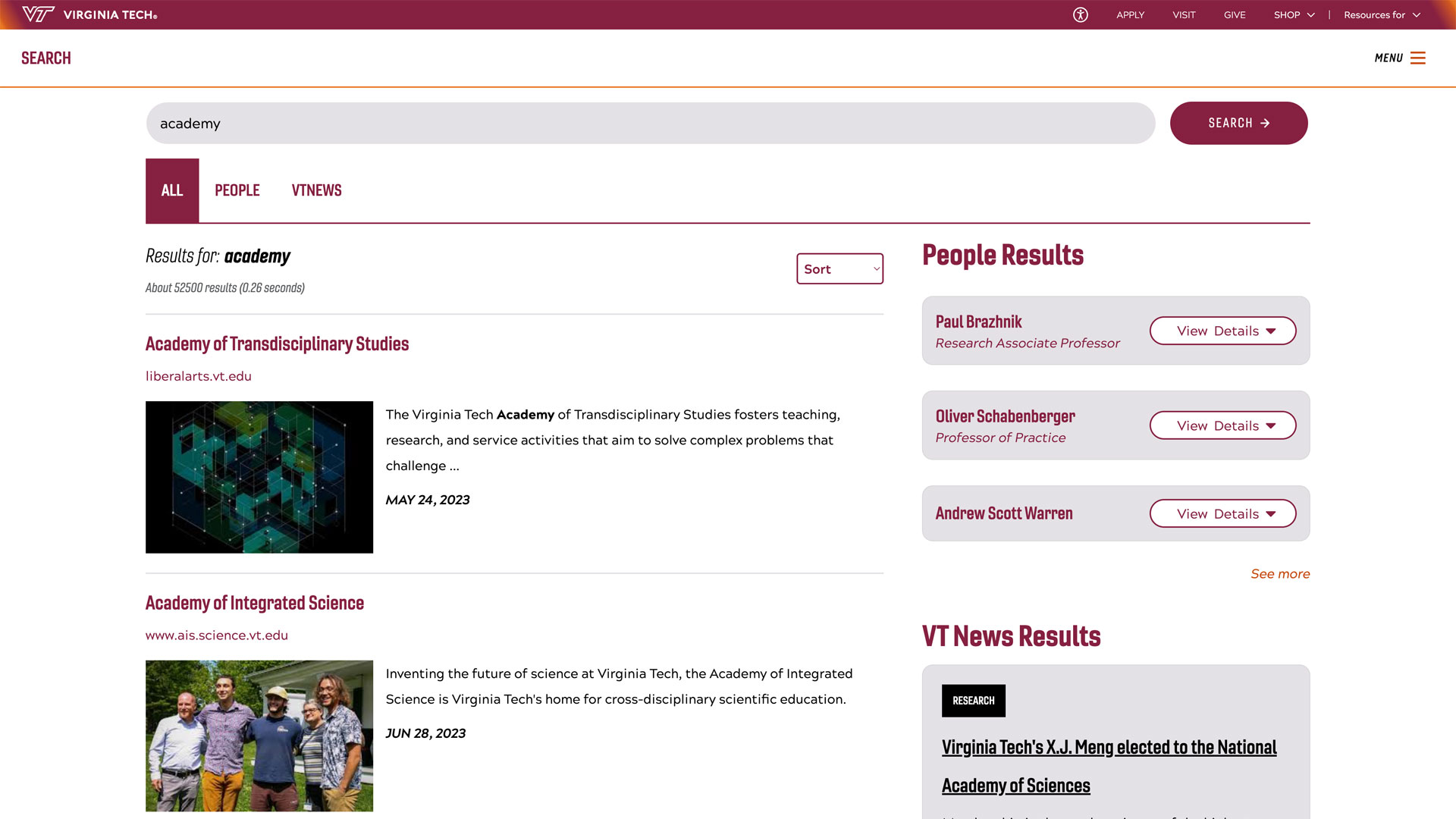Veterinary Teaching Hospital's ICU gets a breath of fresh air

At the Virginia Tech Veterinary Teaching Hospital, the Intensive Care Unit (ICU) is breathing easier thanks to a new VetFlex ICU oxygen system.
These aren't just any oxygen cages -- they're equipped with leading-edge technology, including the world’s first soda lime-free ICU system, designed to provide safer and more effective treatment for the hospital's most vulnerable animal patients.
A change driven by care
Mandi Womble, the hospital's Emergency and Critical Care Supervisor, spearheaded the change. She explained that the previous units were a drain on the veterinary team's time and energy.
The older equipment demanded constant upkeep, and finding replacement parts was a frustrating ordeal. The new units were chosen to free up the team to focus on what matters most: providing excellent patient care.
“Working in emergency medicine, every minute matters,” Womble said. “So being able to have an oxygen cage that's up and functioning makes a difference in those short moments.”
Smarter technology for better outcomes
The new system isn't just about delivering oxygen; it's about doing it with precision and insight.
The new units offer precise control over oxygen levels and provide enhanced monitoring tools, both essential for effectively stabilizing vulnerable animals and ensuring they make a strong recovery. These advancements empower the veterinary staff to carefully manage the patient's breathing and gather detailed information about their condition in real-time.
"It has the warm light feature for comfort, and offers blue light therapy, which can be used for patients with elevated liver enzymes," Womble explained.
A teaching hospital's dual mission
The hospital's commitment to providing top-tier care goes hand-in-hand with its role in training the next generation of veterinary specialists.
"As a teaching hospital, we strive to provide a high level of specialized care,” said hospital director Tanya LeRoith DVM '99. “And we’re also training residents, interns, and students; we need the right equipment to help them learn advanced procedures.”
Balancing act: Care and costs
The hospital faces a complex balancing act in allocating resources for equipment updates across its nine specialties. It's a constant negotiation: supporting faculty who are eager to adopt the latest technologies and procedures while also ensuring that every service has access to the dependable equipment needed for everyday care.
“This can be tricky given the funding challenges that come with operating in a university system,” LeRoith said. “Financial decisions and resource allocation can be more complex than in a private practice.”
The power of partnership
Thankfully, the hospital's ability to provide advanced veterinary care gets a significant boost from philanthropic support. When donors step up to fund the purchase of essential equipment, the hospital can acquire technology that might otherwise be out of reach, ultimately advancing its mission and improving the lives of the animals it serves.
The new oxygen system is a valuable addition to the Virginia Tech Veterinary Teaching Hospital, and this progress is amplified by the excitement building around the upcoming planned hospital expansion. Both developments underscore the hospital's dedication to providing exceptional care and shaping the future of veterinary medicine.





